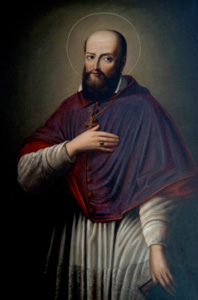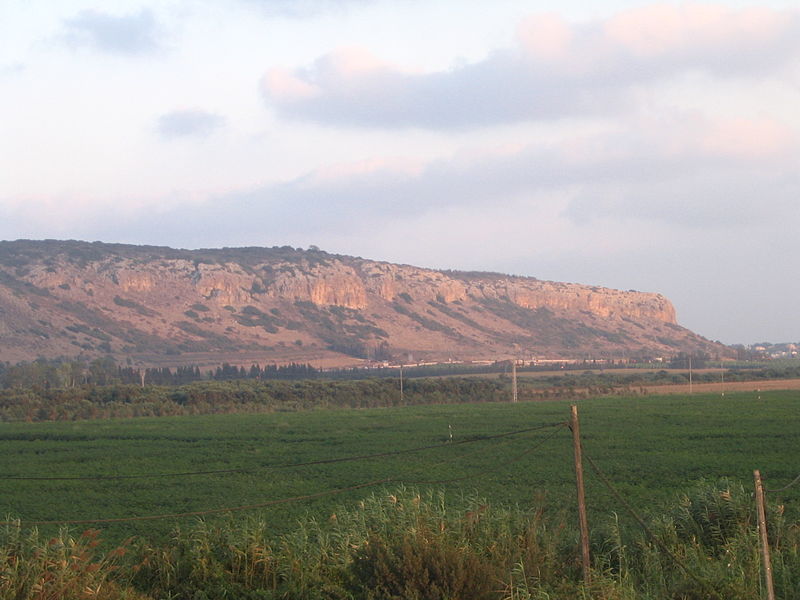 |
| St. Francis de Sales (photo credit: Wikimedia Commons). |
CSBN has been running a series on spiritual idiolects, a phrase I coined to mean the unique way each person relates to God. I hope that you will find "kindred spirits" in these posts, and be drawn to follow bloggers who have a similar spirituality to yours--or those whose are surprisingly different.
My spiritual idiolect is practical mysticism. I've always hated the saying, "He's so heavenly minded that he's no earthly good." The truly heavenly minded do the most earthly good. Think of St. Therese, who even wanted to do earthly good while in Heaven. She reached the heights of the prayer life, and actively loved her neighbors. That's what I aspire to. I want to be a contemplative wife and mother. I want to love God and my neighbor.
I loved St. Therese from the first time I read about her as a child. Her personality appealed to the romantic idealist in me.
Later, my older sister urged me to read Introduction to the Devout Life by St. Francis de Sales. Now, there's a great book! St. Francis taught lay people how they could be saints, giving them tips on every area of life. How do you know when temptation becomes sin? How can you practice Christian meditation? How can a lay person live in the world and be properly detached from it? St. Francis answers all these questions. I need concrete direction. That's why I love St. Francis.
The next saintly influence on my spiritual idiolect came from Teresa of Avila. Although I didn't really understand The Interior Castle the first time I read it, it drew me to a life of prayer. Eventually, I joined the Secular Order of Discalced Carmelites. They explained St. Teresa's teaching to me. They also introduced me to St. John of the Cross.
Today I am no longer OCDS, but I am thoroughly Carmelite in my spirituality. St. John in particular taught that mysticism is not a matter of visions, locutions, and altered states. Rather, it is a matter of a deep communion with God in prayer. Aspiring to be mystics as the world sees mysticism can be dangerous. Aspiring to grow in prayer is the call of every Christian.
Now I try to give practical spiritual help to others through my blog and ebooks. (I'm working on a full-length one right now to add to my short ebook published in June.) I like to teach people, including children, about the differences between true and false mysticism, Christian and eastern meditation, and Christian and pagan asceticism and detachment. I am striving to be holy in the little things of every day life. I am working to be heavenly minded and earthly good.
Connie Rossini is the administrator of Catholic Spirituality Blogs Network. Her personal blog is Contemplative Homeschool.















